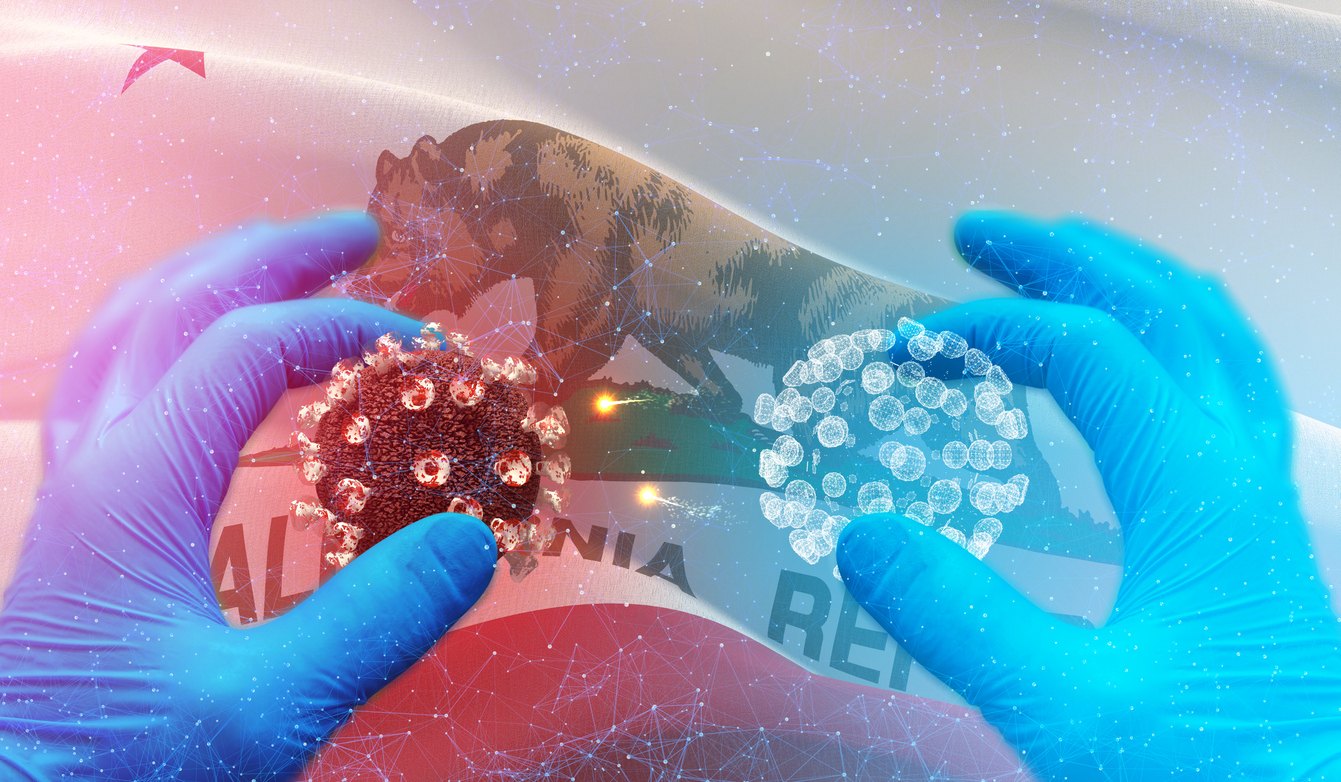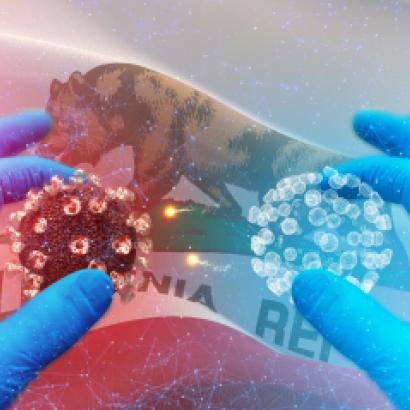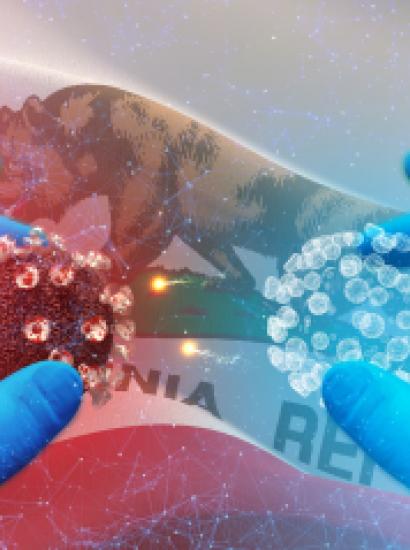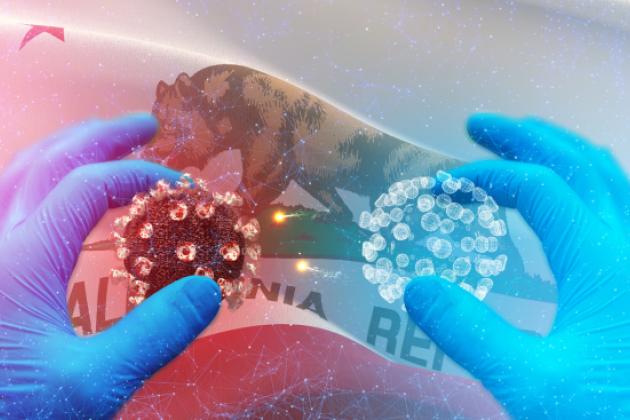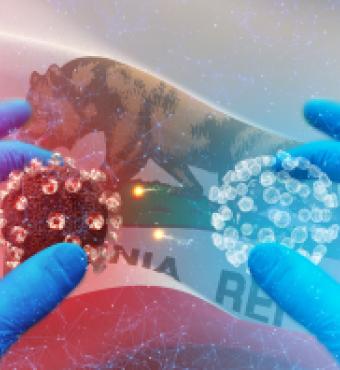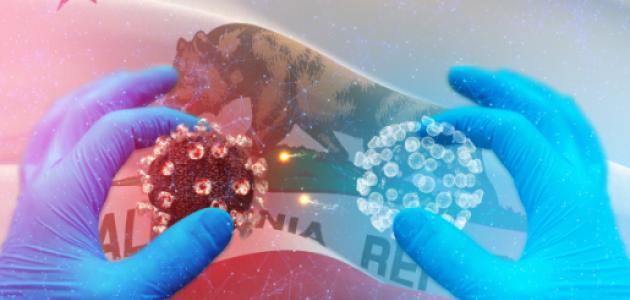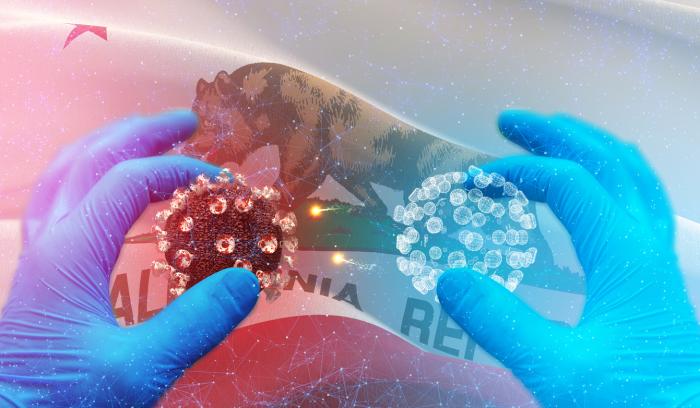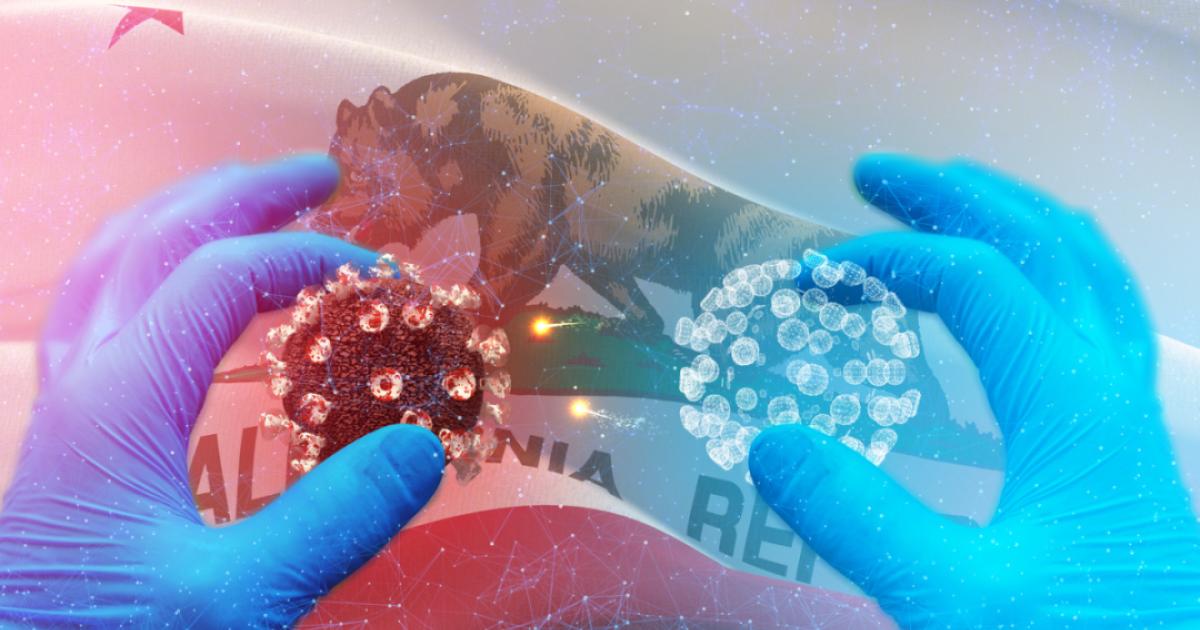This column comes to you by way of my home away from home in the “low country” of South Carolina, where this past weekend I did something that not enough of my fellow Californians can readily claim.
I received a COVID vaccine.
With no fuss, no muss.
From time of arrival to the actual injection, including filling out a one-page form and having my insurance entered into the pharmacy’s data bank, then getting jabbed by the pharmacist-in-training: maybe five minutes (plus 15 minutes thereafter waiting for any side effects).
What’s South Carolina’s secret?
For one, its technology is stellar. A state-run website steers you to local options depending on what ZIP code you select. From there, it’s a matter of clicking to see which facilities have which doses and appointments available.
California’s technology? Surprisingly, not so good for the state that’s home to Northern California’s Silicon Valley and Southern California’s Silicon Beach.
The Golden State’s “My Turn” portal, created by Salesforce, at first failed to included such data as vaccinations available at most pharmacies, or at Kaiser Permanente and Sutter Health hospitals—not to mention way too many error messages. If you wanted information on those outlets you had to either go through their respective websites or place a phone call.
Translation: wheel-spinning frustration.
South Carolina’s second advantage: enough supply to meet the demand—so much so that in late March, the Palmetto State expanded vaccine eligibility to all residents 16 and older.
Here, California has a problem.
Santa Clara County, which is the home to the Hoover Institution and my place of employment and residence, last month found itself without enough supply to match a swelling number of local appointments. Rather than my wasting a few hundred words detailing the problem, click here for an explanation of the bureaucratic mess that caused such a snafu.
This week, California’s supply woes continued, with 15% fewer doses expected to be available (that translates to about 400,000 fewer shots) thanks to a temporary shortfall in the one-dose Johnson & Johnson shots (which I received in South Carolina). That was followed by a temporary halt in the administering of J&J vaccines due to blood clot concerns, which for this week reduced California’s vaccine supply by an additional 67,600 shots.
For Californians and a governor promising “bright light at the end of the tunnel” and a return to something closer to normalcy, the timing is bad as: (a) April 15 marks the beginning of a vaccine “open season” in California (no age or other restrictions for COVID shots); and (b) it’s two months before Gov. Gavin Newsom’s promised June 15 reopening of the state’s economy.
That “reopening” merits an asterisk. As Newsom’s press operation noted last week, California will fully reopen if two criteria are met: “if vaccine supply is sufficient for Californians 16 years and older who wish to be inoculated”; and “if hospitalization rates are stable and low.”
The latter criterion obviously is a matter of wait-and-see. The former is more akin to Mr. Toad’s Wild Ride (Disneyland to reopen on April 30) if there are more breaks in the supply chain.
And that raises the question of what happens to Newsom’s political fortunes should the June 15 reopening turn into what the baseball great Yogi Berra supposedly described as “déjà vu all over again”—California last spring and summer reopening and then reclosing indoor businesses as the state’s COVID caseload spiked, much to the public’s consternation (especially when Newsom added public beaches to the list of closed facilities).
The best-case scenario for Newsom: June 15 arrives without further surprises or glitches, and businesses fully reopen—while millions of registered voters continue to receive their COVID vaccinations. That perception of progress and deft management blows a hole in the argument to remove Newsom from office in a special recall election that could occur this fall.
The worst-case scenario for Newsom: more disruptions in the vaccine supply chain, the public struggling to get appointments thanks to crummy technology, then a reopening that fizzles thanks to fluctuating COVID hospitalization rates. In the process, Newsom looks incompetent; a fed-up electorate decides to make him the political scapegoat for a year-and-a-half’s worth of COVID-related misery.
For all of the attention devoted to the June 15 reopening, there may be a different calendar span that determines the governor of California’s political future: the second half of August, the traditional time for schools to open for the new academic year (in 2019, pre-pandemic Los Angeles public schools held their first day of instruction on August 20).
In California, school “reopening” is a Clintonian exercise in “depends on what the definition of the word ‘is’ is.” Depending on the school, it could mean as much as full-day, in-classroom instruction five days a week, or some variant of half-day schedules or kids on campus just a few days a week. Or something even worse, as a colleague of mine learned the hard way: his child’s school “reopened,” but virtual learning for his child continues, as he didn’t win the lottery for one of the limited number of seats available in the classroom.
Last week, Newsom and state officials said they expect all schools to open for full-time, in-person instruction in the fall. But the matter is far from settled. As the governor and the state legislature haggle over his soon-to-be-revised budget proposal, will Sacramento go so far as to mandate in-person instruction in exchange for additional K–12 funding?
While Newsom said he “expects” schools to return to in-person instruction this fall, state superintendent of public instruction Tony Thurmond strikes a different tone in warning that California must “prepare for the possibility” that some remote learning may still be in place this fall (it’s worth noting that Thurmond—unlike Newsom, who if reelected next year can’t seek reelection in 2026—is looking at a longer career in Sacramento and may therefore be less willing to invite the wrath of teachers’ unions).
As for where the unions stand, consider this comment from a California Teachers Association spokesperson: “As students and educators continue to return to classrooms for in-person teaching and learning, we must all keep our eyes on safety, ensuring that all the safety protocols are in place to protect our students, their families, educators, and staff.”
That’s fingernails across the blackboard, if you were hoping for a school reopening that will be drama-free—and a semblance of pre-COVID life in California.
Call it a side effect from receiving the vaccine: from a distance, California seems a blurry mess.







